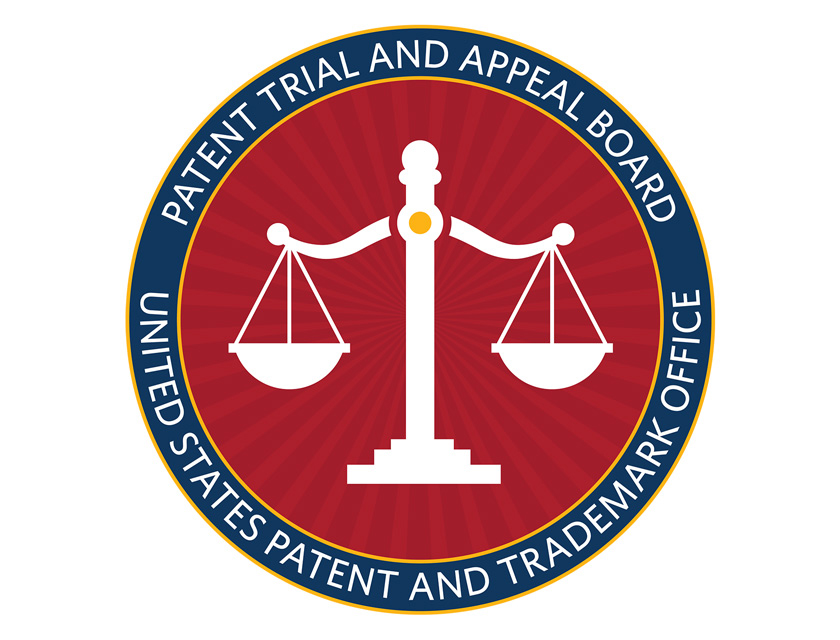How inventors can appeal a rejected patent application
An inventor who disagrees with a USPTO patent examiner’s decision to reject claims in his or her patent application still has options.
If the examiner issues a second or a final rejection, the applicant may seek review by the Patent Trial and Appeal Board (PTAB) in a proceeding called an ex parte appeal.
In an ex parte appeal, an applicant seeks to demonstrate to a three-judge panel that the examiner erred in rejecting the claimed invention and that the rejection should be reversed. In this way, the PTAB functions as a quality control check on examination to ensure that examiners make correct patentability decisions.
First, the patent applicant—referred to as an “appellant” before the PTAB—must file a Notice of Appeal and pay an appeal fee, both within a specified period. Within two months of filing a Notice of Appeal, the appellant must file an Appeal Brief—a legal document that explains why the appellant believes the patent examiner erred in rejecting the claimed invention.
(The USPTO provides resources for preparing an ex parte appeal brief, including a Word template to serve as a starting point for the brief and general guidance on writing the required sections featured in the template with examples.)
After the Appeal Brief is filed, the examiner will respond to the arguments in the Appeal Brief in what is called an Examiner’s Answer. The examiner will also consider whether to maintain, modify, or withdraw each rejection. Further, the examiner may include a new ground of rejection against some or all of the pending claims. Lastly, the examiner will provide notice that the appellant must pay an appeal forwarding fee within two months from the date of the answer to maintain the appeal.
The appellant may file a Reply Brief within two months from the date of the Examiner’s Answer. The appellant may address arguments presented in the Examiner’s Answer and/or address any new ground of rejection. The appellant may not introduce new evidence or arguments in the Reply Brief.
If an oral hearing is requested, the USPTO will notify the appellant of a hearing date and give the appellant 20 minutes to present his or her case to the three-judge panel assigned to the appeal.
After all briefings have been submitted—and after an oral hearing, if requested—the three-judge panel will consider all arguments and evidence of record and decide whether the examiner erred in rejecting each claim on appeal. The judges then will issue a written decision.
More information about ex parte appeals is available at uspto.gov/patents/ptab/appeals.
What’s Next
PTAB Inventor Hour Webinars:
These Thursday events are for independent inventors and those new to Patent Trial and Appeal Board (PTAB) practice. The sessions cover PTAB proceeding basics—i.e., ex parte appeals and America Invents Act (AIA) trials—and other useful information for practicing before the board such as oral hearing protocols, statistics, and more.
The next Inventor Hour webinar is from noon to 1 p.m. ET on October 28; another follows on November 18. Presentation materials and recordings are posted after the webinars.
You can email questions in advance of or during the webinars to [email protected].
More information: uspto.gov/patents/patent-trial-and-appeal-board/inventor-hour-webinars
Visit uspto.gov/events for many other opportunities to attend free virtual events and/or training.


